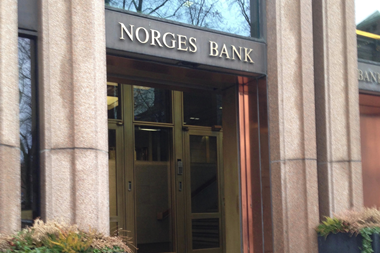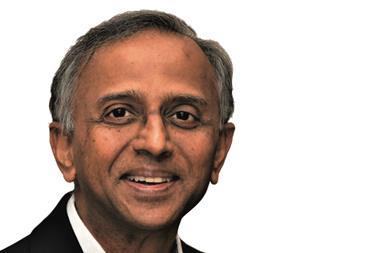Sovereign investors, which now manage around $33trn of assets, have boosted their allocations to private markets to 22% from 8% 10 years ago, according to a new survey, but the poll revealed doubts among managers of state investments that this pace could continue given stiff competition for the assets.
The study by asset manager Invesco today highlights a number of ways that sovereign investment – via sovereign wealth funds, central banks and public pension funds –has changed since 2013, and the problems now facing them.
Among key conclusions from report, Invesco said sovereign investors had benefitted from a secular bull market over the last 10 years generating average annual returns of above 6.5%.
“However, 2022 is seen as a potential turning point, with high inflation and tighter monetary policy putting downwards pressure on long-term expected returns,” according to the Invesco Global Sovereign Asset Management Study 2013-2022 – a 10-year edition of the annual survey the asset manager has been producing.
SWFs and public pension funds now accounted for $33trn in assets under management, the firm said, citing data from Global SWF.
The study showed sovereign’s allocations to private equity, real estate and infrastructure had increased over the ten-year period, with private assets seen as offering the potential for additional returns, a shield from volatility, and inflation pass through.
On average, sovereign private market allocations increased to 22% in 2022 from 8% in 2013, said Invesco, adding that this trend did not apply solely to SWFs, and that they had competed with other large institutional investors for these assets.
“Several question whether this pace can be maintained over the next decade,” the researchers said, citing one APAC-based respondent as saying:
“It looks clear that capital formation in private markets hasn’t kept pace with the required rate of return.
“So there’s ever greater demand for private markets and supply that’s not able to keep pace with that demand, which tilts against asset owners in terms of pricing and is likely to create challenges over the long term,” the respondent said.
The report’s authors said the growing scale of sovereign investment was leading to increased public awareness, driving a need for increased transparency and a demand for leadership on driving the energy transition.
During the period, the US had replaced Western Europe as sovereign investors’ preferred destination for capital, they said, because of the American country’s steady economic growth, a strong currency and regulatory stability.
“India is now the most favoured emerging market, having overtaken China,” Invesco said.
Looking ahead, Invesco said several respondents to its survey had pointed to the start of 2022, and one of the worst years on record for the traditional 60:40 portfolio, as the end of one era and beginning of the next.
“We are coming out of an era of cheap debt, cheap labour, and cheap energy,” it quoted one European sovereign investor as saying.
Regarding future geographical distribution of sovereign portfolios, Invesco said that while North America, particularly the US, had been a major destination for investment over the past decade, recent interviews revealed a greater desire for more balanced global exposure.
“Some investors believe they had become overly reliant on returns from the US market – a situation that left them particularly exposed to the 2022 correction in equity markets,” Invesco said.
Also, as long-term investors, sovereigns were conscious of demographics, it said in the report, adding that emerging markets with large and growing populations are seen as offering long-term opportunities, particularly in the areas of real estate and infrastructure.
Read the digital edition of IPE’s latest magazine





















No comments yet